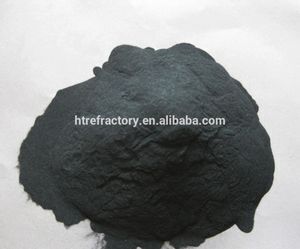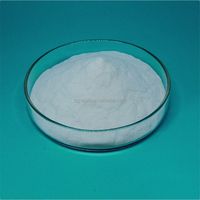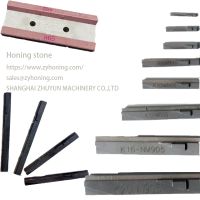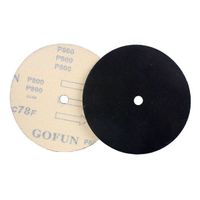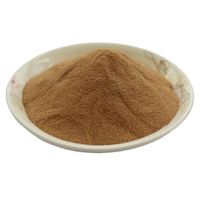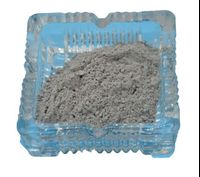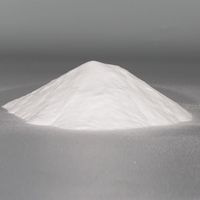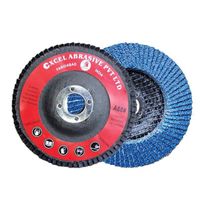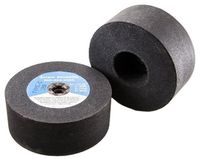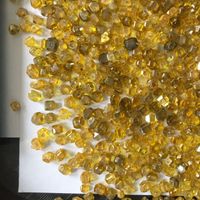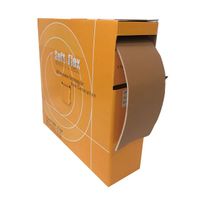High Quality Black Silicon Carbide Price for Abrasive Jewellery Polishing
-
Supplier: Henan Hongtai Kiln Refractory Co., Ltd. -
Region: Henan, China -
Contact: Ms Carol Zhang -
Price: $0.30 /kilogram -
Min. Order: 1 kilogram
| Model Number: | Silicon Carbide; | Size: | P series,F series; |
| Application: | Polishing Workpiece; | Supply Ability: | 2000 Ton/Tons per Month silicon carbide; |
| silicon carbide Sample: | Freely; | Color: | Black; |
| Port: | Any port in China; | Abrasive Grain Sizes: | Requirment; |
| SIC: | ≥98.5%; | Packaging Detail: | Selling Units: Single item Single package size: 105X105X115 cm Single gross weight: 1002.0 KG Package Type: 20/25KG/Bag; |
| Material: | Silicon Carbide; | silicon carbide Fe2O3: | ≤0.3%; |
| Product name: | silicon carbide; | Brand Name: | Hongtai; |
| Delivery Detail: | 7-15days after get the payment; | Payment Term: | L/C; |
| Certificate: | SGS; | Payment Terms: | L/C,D/A,D/P,T/T,Western Union,MoneyGram; |
| Place of Origin: | Henan China; | Usage: | Polishing; |
| Type: | Abrasive Compound; |
High Quality Black Silicon Carbide Price for Abrasive Jewellery Polishing
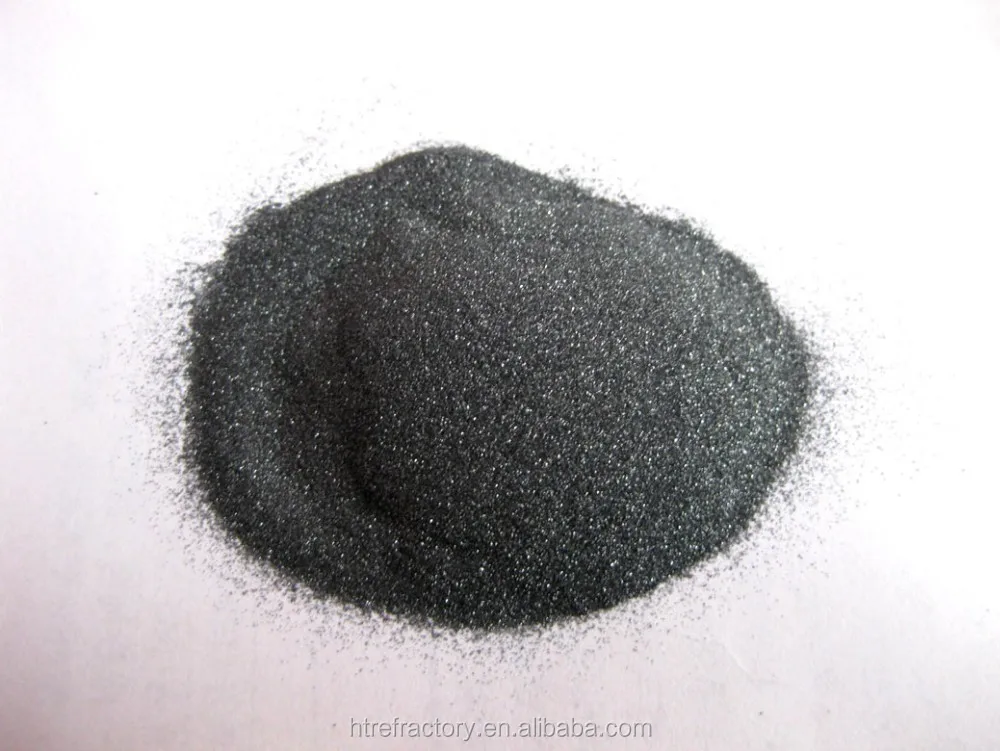
Silicon carbide (SiC), also known as carborundum, is a compound of silicon and carbon with chemical formula SiC. It occurs in nature as the extremely rare mineral moissanite. Synthetic silicon carbide powder has been mass-produced since 1893 for use as an abrasive. Grains of silicon carbide can be bonded together by sintering to form very hard ceramics that are widely used in applications requiring high endurance, such as car brakes, car clutches and ceramic plates in bulletproof vests. Electronic applications of silicon carbide such as light-emitting diodes (LEDs) and detectors in early radios were first demonstrated around 1907. SiC is used in semiconductor electronics devices that operate at high temperatures or high voltages, or both. Large single crystals of silicon carbide can be grown by the Lely method; they can be cut into gems known as synthetic moissanite. Silicon carbide with high surface area can be produced from SiO2 contained in plant material.
High Quality Black Silicon Carbide Price for Abrasive Jewellery Polishing

Extremely hard and sharp abrasive
Will produce a matte surface finish
Capable of metal removal
Highly friable abrasive media which is reusable but less durable than brown aluminum oxide
Cleaning or etching the hardest sub-surfaces
May be required for some applications that require brazing or welding after blasting
Used for grinding, lapping, and wire saw cutting as well as abrasive blasting
The specifications of silicon carbide
Angular shape
MOHs hardness: 9.5
Highly friable abrasive
Micro grits available
Approximately 105 lbs/cu. ft. bulk density
Manufactured to ANSI Table 2 grit sizes
Custom grit sizes and blends available
High Quality Black Silicon Carbide Price for Abrasive Jewellery Polishing
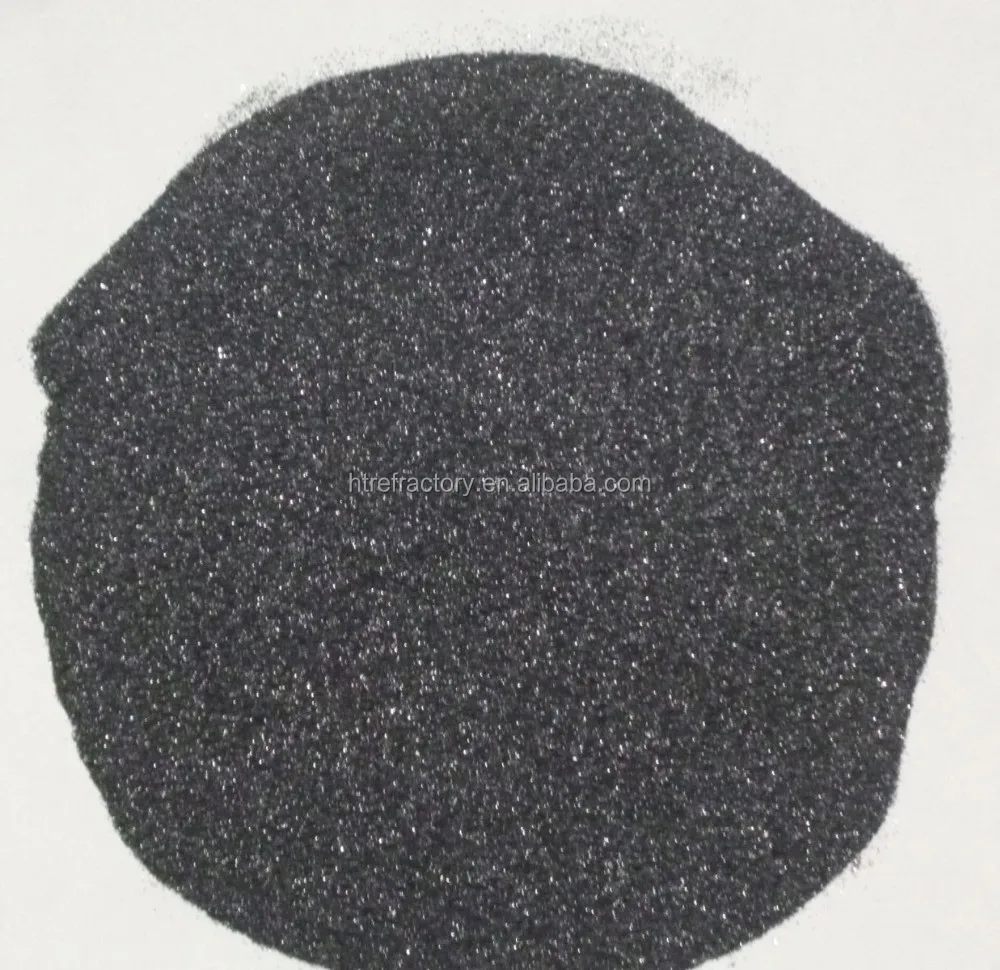
High Quality Black Silicon Carbide Price for Abrasive Jewellery Polishing
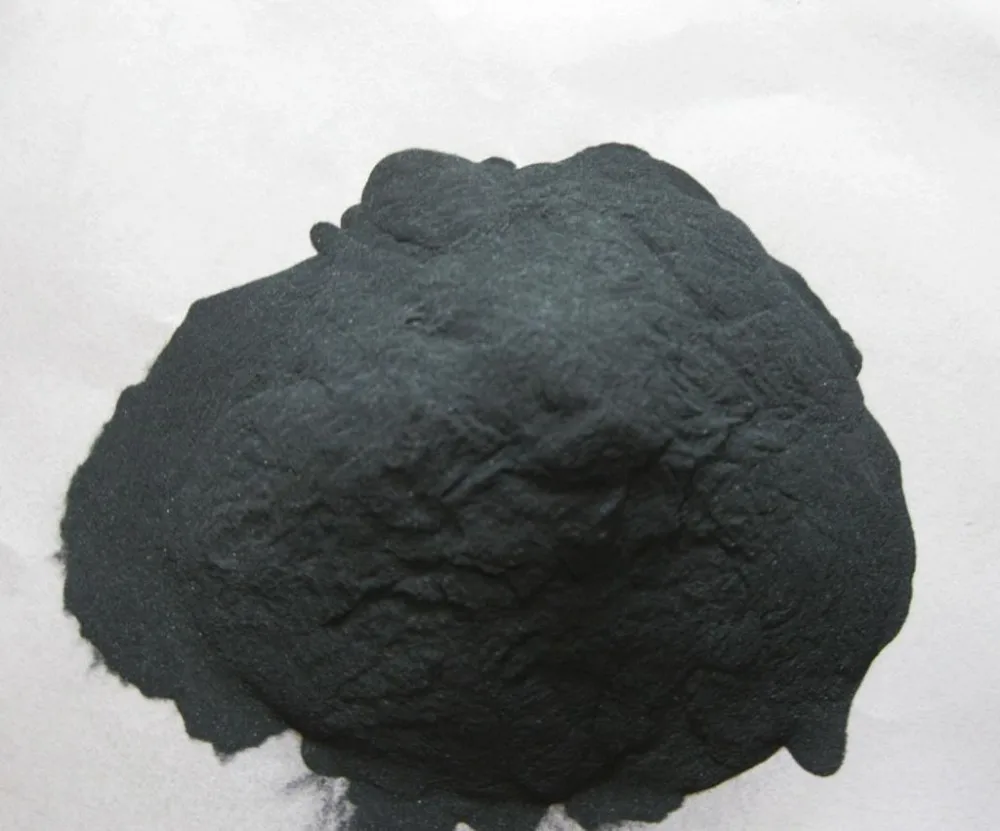
Grit Size Available (P, F)
P series: P24, P30, P36, P40, P50, P60, P80, P100, P120, P150, P180, P220, P240, P280, P320, P360, P400, P500, P600, P800, P1000, P1200, P1500, P2000, P2500, P3000
F series: F14, F16,F22,F24,F30, F36, F40, F46, F54, F60, F70, F80, F90, F100, F120, F150, F180, F220, F230, F240, F280, F320, F360, F400, F500, F600, F800, F1000, F1200
other special specification and other standard graded powder is available on request
Production
Black Silicon Carbide is mainly made of Quartz sand, petroleum coke, smelted by above2500°Cin the electric furnace. The hardness is between corundum and diamond. The Hardness is superior to corundum, it has the function of conductivity and thermal conductivity. It is suitable to process metals and non-metallic materials, such as gray cast iron, non-ferrous metal, stone, leather, rubber, and on on. It also widely used in refractories, metallurgic additives.
Because of the rarity of natural moissanite, most silicon carbide is synthetic. It is used as an abrasive, and more recently as a semiconductor and diamond simulant of gem quality. The simplest manufacturing process is to combine silica sand and carbon in an Acheson graphite electric resistance furnace at a high temperature, between 1,600 °C (2,910 °F) and 2,500 °C (4,530 °F). Fine SiO2 particles in plant material (e.g. rice husks) can be converted to SiC by heating in the excess carbon from the organic material. The silica fume, which is a byproduct of producing silicon metal and ferrosilicon alloys, also can be converted to SiC by heating with graphite at 1,500 °C (2,730 °F)
Synthetic SiC crystals ~3 mm in diameter.
Synthetic SiC Lely crystals
The material formed in the Acheson furnace varies in purity, according to its distance from the graphite resistor heat source. Colorless, pale yellow and green crystals have the highest purity and are found closest to the resistor. The color changes to blue and black at greater distance from the resistor, and these darker crystals are less pure. Nitrogen and aluminium are common impurities, and they affect the electrical conductivity of SiC.
Pure silicon carbide can be made by the so-called Lely process, in which SiC powder is sublimated into high-temperature species of silicon, carbon, silicon dicarbide (SiC2), and disilicon carbide (Si2C) in an argon gas ambient at 2500 °C and redeposited into flake-like single crystals,sized up to 2×2 cm, at a slightly colder substrate. This process yields high-quality single crystals, mostly of 6H-SiC phase (because of high growth temperature). A modified Lely process involving induction heating in graphite crucibles yields even larger single crystals of 4 inches (10 cm) in diameter, having a section 81 times larger compared to the conventional Lely process.Cubic SiC is usually grown by the more expensive process of chemical vapor deposition (CVD).Homoepitaxial and heteroepitaxial SiC layers can be grown employing both gas and liquid phase approaches.Pure silicon carbide can also be prepared by the thermal decomposition of a polymer, poly(methylsilyne), under an inert atmosphere at low temperatures. Relative to the CVD process, the pyrolysis method is advantageous because the polymer can be formed into various shapes prior to thermalization into the ceramic.
Abrasive and cutting tools
In the arts, silicon carbide is a popular abrasive in modern lapidary due to the durability and low cost of the material. In manufacturing, it is used for its hardness in abrasive machining processes such as grinding, honing, water-jet cutting and sandblasting. Particles of silicon carbide are laminated to paper to create sandpapers and the grip tape on skateboards.
In 1982 an exceptionally strong composite of aluminium oxide and silicon carbide whiskers was discovered. Development of this laboratory-produced composite to a commercial product took only three years. In 1985, the first commercial cutting tools made from this alumina and silicon carbide whisker-reinforced composite were introduced to the market.
Structural material
silicon carbide is used in composite armor (e.g. Chobham armor), and in ceramic plates in bulletproof vests. Dragon Skin, which was produced by Pinnacle Armor, used disks of silicon carbide.
Silicon carbide is used as a support and shelving material in high temperature kilns such as for firing ceramics, glass fusing, or glass casting. SiC kiln shelves are considerably lighter and more durable than traditional alumina shelves.
In December 2015, infusion of silicon carbide nano-particles in molten magnesium was mentioned as a way to produce a new strong and plastic alloy suitable for use in aeronautics, aerospace, automobile and micro-electronics.
Automobile parts
Silicon-infiltrated carbon-carbon composite is used for high performance "ceramic" brake discs, as it is able to withstand extreme temperatures. The silicon reacts with the graphite in the carbon-carbon composite to become carbon-fiber-reinforced silicon carbide (C/SiC). These discs are used on some road-going sports cars, supercars, as well as other performance cars including the Porsche Carrera GT, the Bugatti Veyron, the Chevrolet Corvette ZR1, Bentleys, Ferraris, Lamborghinis, some specific high performance Audis, and the McLaren P1.Silicon carbide is also used in a sintered form for diesel particulate filters. SiC is also used as an oil additive to reduce friction, emissions, and harmonics.
Foundry crucibles
SiC is used in crucibles for holding melting metal in small and large foundry applications.
Electric systems
The earliest electrical application of SiC was in lightning arresters in electric power systems. These devices must exhibit high resistance until the voltage across them reaches a certain threshold VT at which point their resistance must drop to a lower level and maintain this level until the applied voltage drops below VT.
It was recognized early on that SiC had such a voltage-dependent resistance, and so columns of SiC pellets were connected between high-voltage power lines and the earth. When a lightning strike to the line raises the line voltage sufficiently, the SiC column will conduct, allowing strike current to pass harmlessly to the earth instead of along the power line. Such SiC columns proved to conduct significantly at normal power-line operating voltages and thus had to be placed in series with a spark gap. This spark gap is ionized and rendered conductive when lightning raises the voltage of the power line conductor, thus effectively connecting the SiC column between the power conductor and the earth. Spark gaps used in lightning arresters are unreliable, either failing to strike an arc when needed or failing to turn off afterwards, in the latter case due to material failure or contamination by dust or salt. Usage of SiC columns was originally intended to eliminate the need for the spark gap in a lightning arrester. Gapped SiC lightning arresters were used as lightning-protection tool and sold under GE and Westinghouse brand names, among others. The gapped SiC arrester has been largely displaced by no-gap varistors that use columns of zinc oxide pellets.
Electronic circuit elements
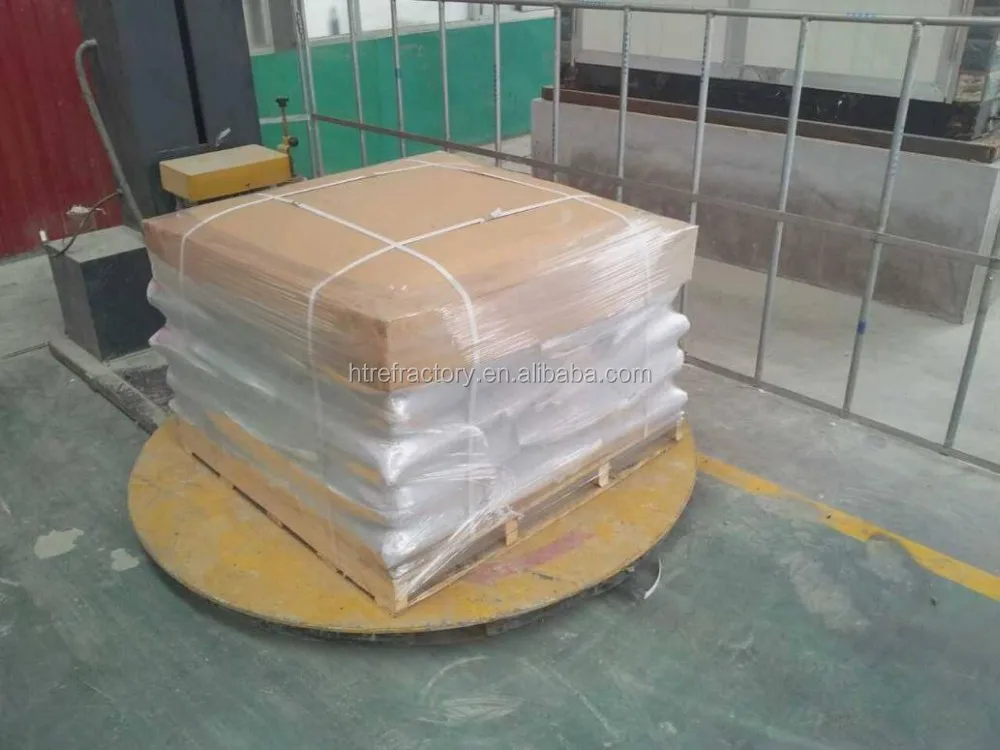
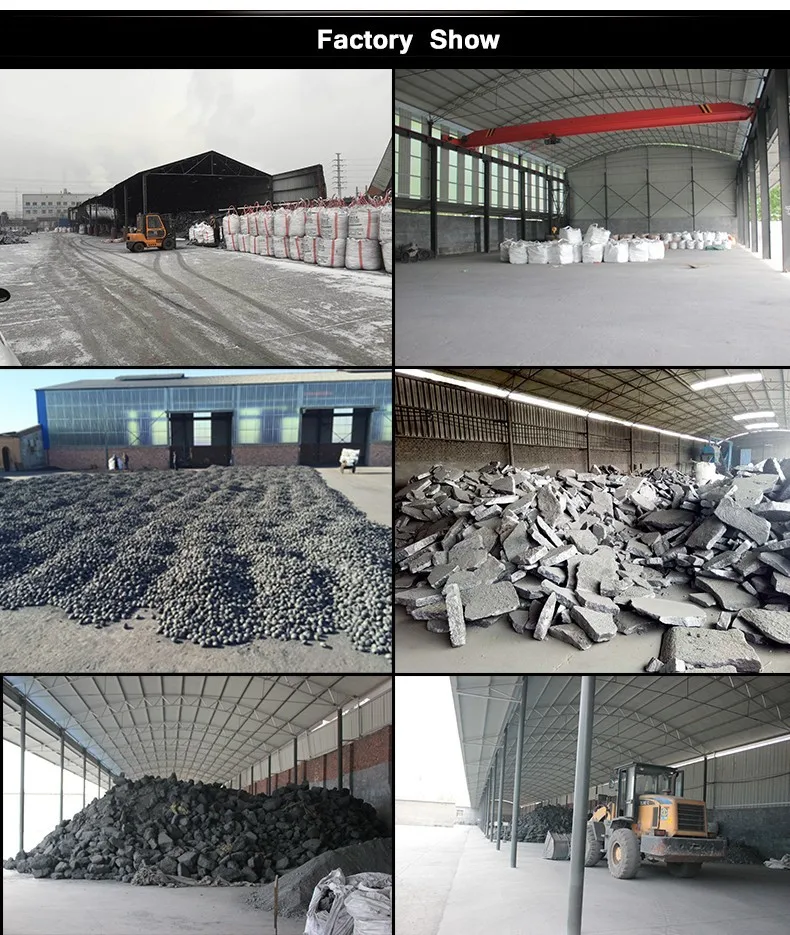
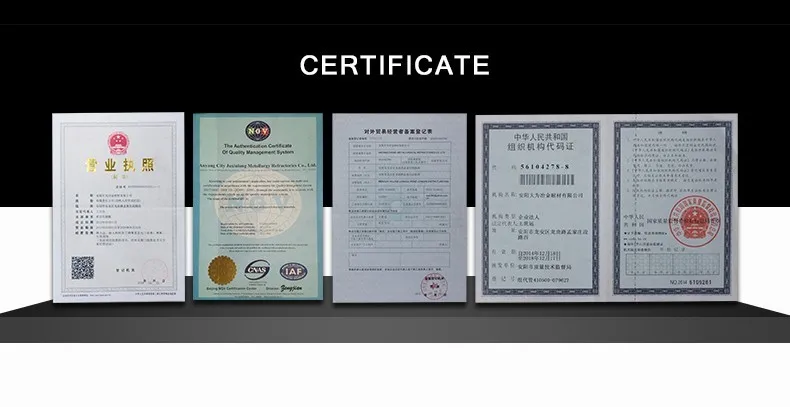
We are dedicated to developing environmentally-friendly products with non-toxicity that strictly conform to standards applied in Europe, Korea and Japan.nearly half the products to export, often exported to South Korea, Japan, the Philippines and other southeast Asia and the Middle East.
-
White corundum F150 JIS#150 Sandblasting for removal of copper plating

-
Honing stone, Honing abrasives

-
RAIZI Tools - Super High Quality Hot Selling 4"/100mm Cilicon Carbide Dry Polishing Sandpaper for Stone

-
Factory price facial cleanser frosted walnut shell powder cosmetics walnut particles frosted particles

-
95% Promotional Price Brown Emery Powder/Alumina Abrasive

-
Pakistan white corundum/white alumina

-
Blind wheel sand disc sand paper grinding wheel angle grinder hardware tool polishing wheel abrasive tool

-
SCS Black Silicon Carbide Cutting Diamond Grinding Tools Grinding Stone Wheel For Granite Quartz Stone Polishing

-
3mm 4mm 5mm 6mm 7mm 8mm lab grown diamond hpht rough yellow diamond for industry and jewelry

-
Yellow Sanding Sponge Backed Hand Sanding Sandpaper


